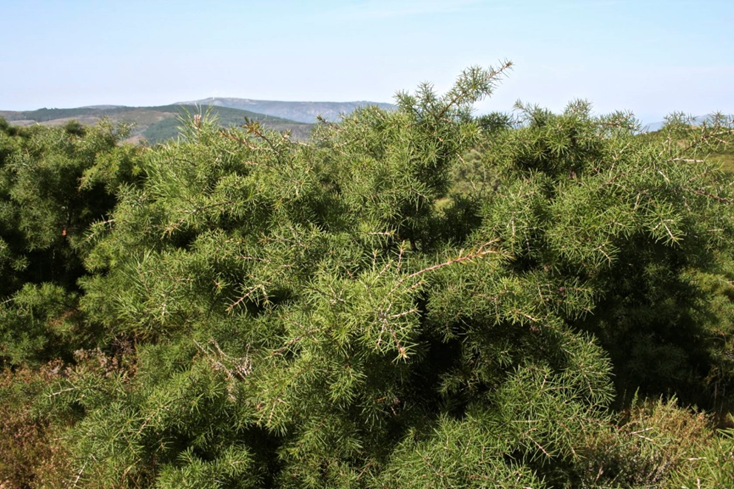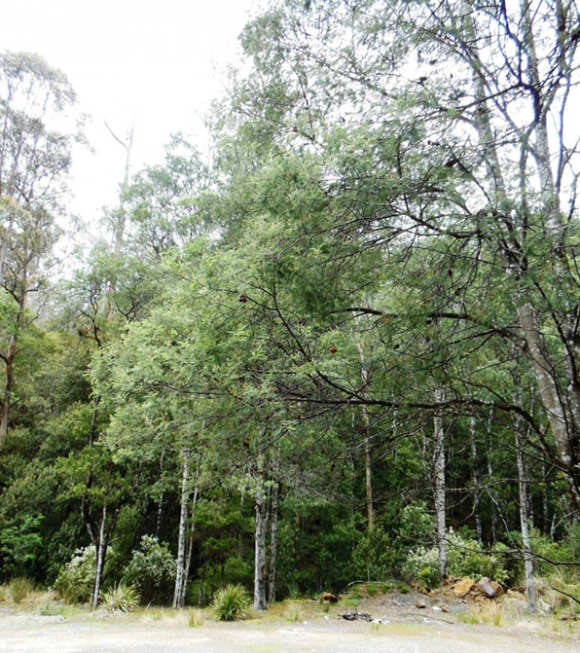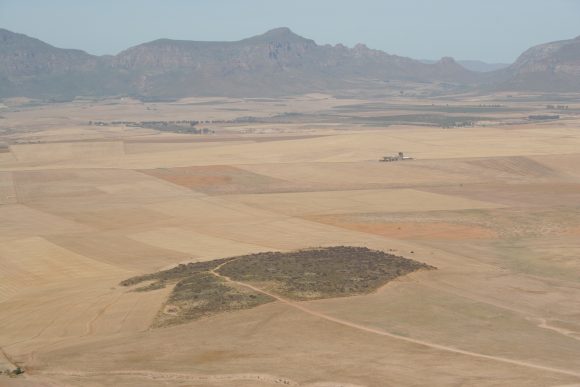24 January 2017
A paper published in the journal Ecosystem Services presents a new classification of ecosystem disservices and a framework for integrating ecosystem services and ecosystem disservices for human wellbeing linked to ecosystem functioning. Ecosystem services are the benefits to human wellbeing that result from the flows of energy, matter and information in ecosystems (e.g., drinking water, carbon sequestration, knowledge production). The outputs of ecosystems can also bring unpleasant, unwanted or harmful effects to human wellbeing (e.g., pollen allergies, plant roots damaging infrastructures, animal attacks to humans). These direct perceived or actual negative impacts on human wellbeing are termed ecosystem disservices. These concepts are illustrated with examples of impacts caused by plant invasions.
Ana Sofia Vaz from CIBIO-InBIO (Portugal), in collaboration with C·I·B-affiliated researchers David Richardson (C·I·B core team members based at Stellenbosch University) and Christoph Kueffer (C·I·B Research Associate based at ETH Zurich), and researchers from other institutions, joined efforts to review examples from plant invasions worldwide in order to deal with current conceptual gaps underlying the ecosystem service-disservice dichotomy. They focus on the value of ecosystem attributes and functions, the perception of the societal context on ecosystem benefits or nuisances, and the role of human management as a driver of ecosystem values.
The study suggests that ecosystem services and disservices can be accounted through three main components: the ecological realm, the social realm, and the social-ecological interface. This account is based on three main assumptions: (1) the group of attributes and functions in a given ecosystem (ecological realm) are intrinsically value-free; (2) the benefits or nuisances derived from ecosystems are, however, dependent on value attribution from individuals, groups of individuals and societies (social realm); and (3) because of the influence of human actions, services and disservices should not be perceived as static entities in dynamic ecosystems (social-ecological interface).
In this context, the authors propose the adoption of a management hierarchy as a useful tool for achieving the goal of sustainability, accounting for social and technological mechanisms to prevent, reduce or restore desirable levels of services, and to minimise the risk of or exposure to disservices.
For plant invasions, the authors emphasise that the invaders may provide benefits or nuisances in the social realm, without necessarily being considered beneficial or detrimental assets in the ecological realm. This is because people will value invasions differently, depending on available management options and on the capacity to use services or mitigate disservices provided by them, at certain cultural, geographical and temporal contexts.
“…we do not suggest that the benefits of ecosystems or biodiversity for human wellbeing should receive less attention or that nature conservation should be negotiated to justify unsustainable interventions on nuisances, says Ana Sofia Vaz. “Rather, we hope that our approach helps the understanding of the valuing of ecosystem functioning, thereby expanding the repertoire of actions to protect and sustainably manage invasions and the (dis-)services they provide”.
Read the paper in Ecosystem Services




